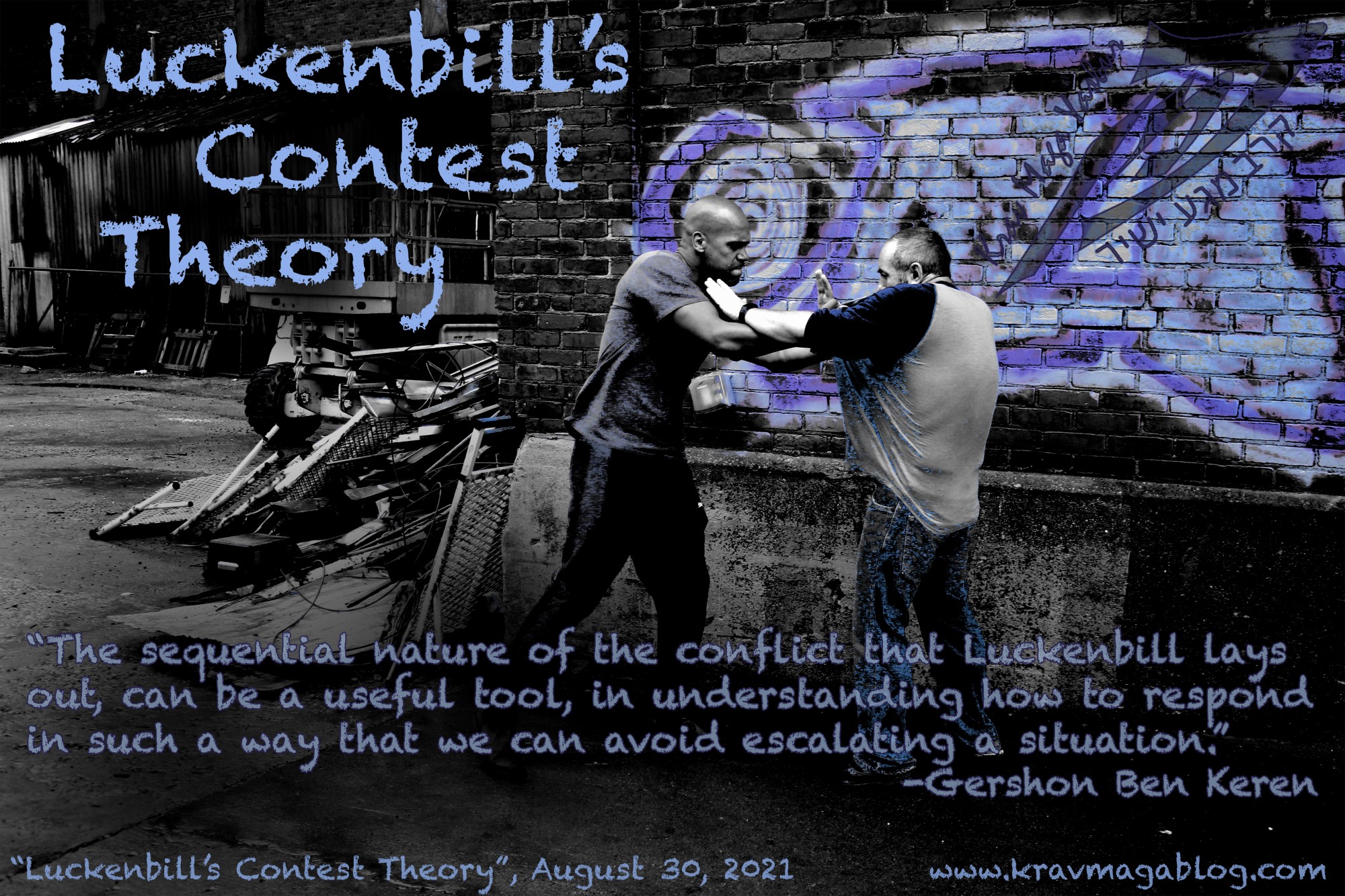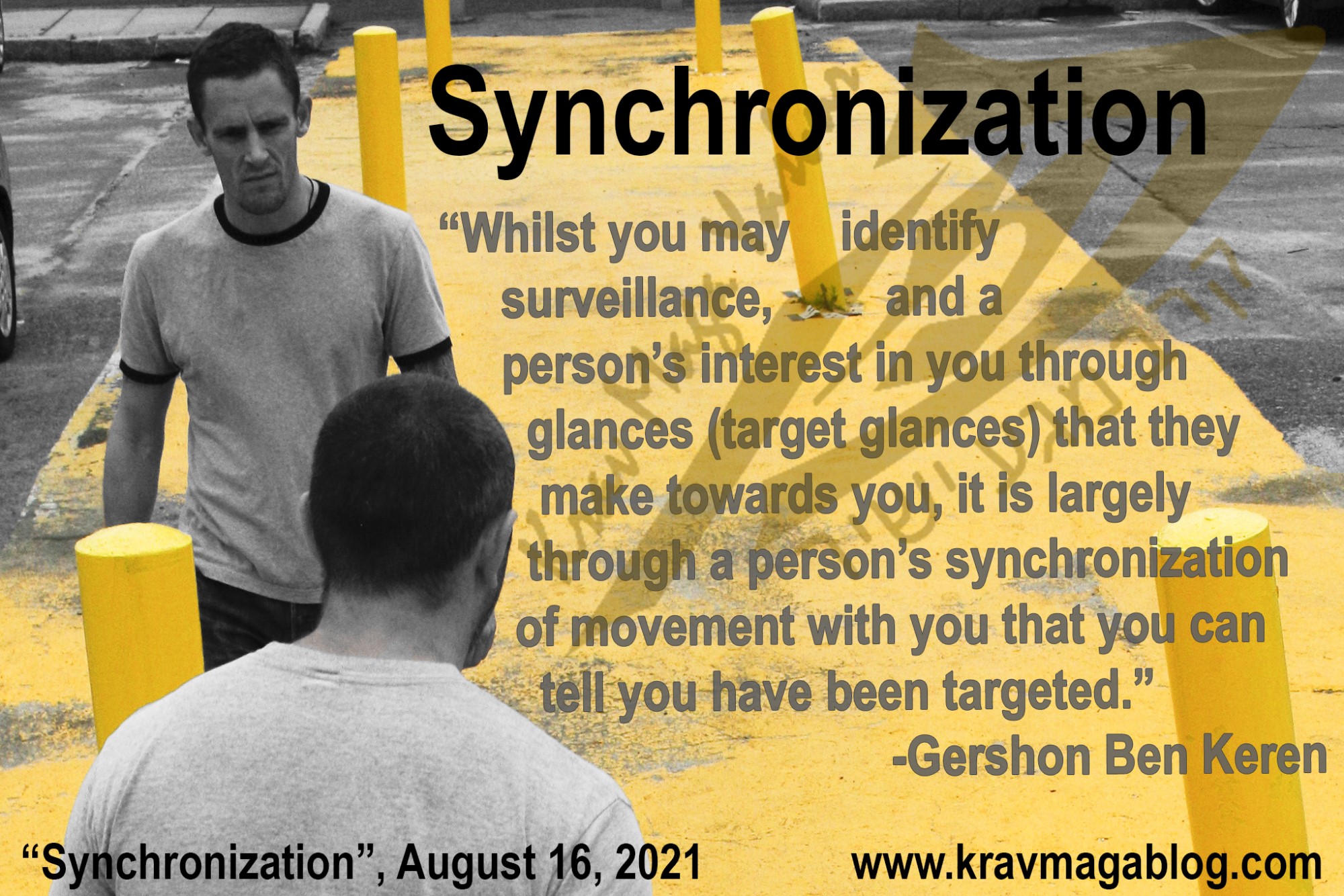In the last five articles I went through a common process that predatory individuals engage in when looking to victimize strangers i.e., search, selection (victim), surveillance, synchronization and strike. In this article I want to take a closer look at social/spontaneous violence, where individuals are externally rather than internally motivated. In a crime such as street robbery, an offender exploits the opportunities that are presented to them however their crime is internally motivated and has a goal i.e., to acquire assets from those they victimize. In spontaneous incidents, the aggressor(s) is externally motivated by events, which have happened to them...
Read MoreThe fifth, and final, stage in the predator process that I have been detailing over the previous week’s articles is the strike or attack phase where the attacker(s) makes their move to use violence against you, which is why it has to be preceded by them first synchronizing their movement with you (the previous stage). In professional surveillance, synchronization usually occurs as a means to gather information, however in non-professional settings it is normally/usually the prelude to the attack/strike phase. Acknowledging awareness of this may be your last opportunity for deterrence, as by demonstrating that you are aware that your...
Read MoreA professional surveillance operation generally consists of three distinct and dynamic phases, whilst it is possible for the individual being observed to detect surveillance within these phases, the surveillance team are at greatest risk of detection when the principal (the person being watched) transitions between them e.g., the principal has been followed to a restaurant where they have spent some time (and are static), and then go to leave (become mobile), and now need to be followed; this means the surveillance team must also become mobile. It is this correlation or synchronization of movement, as the principal transitions from being...
Read MoreSurveillance involves the gathering of information that a principal/person would not voluntarily give. It is the third step in a predator’s process, which is preceded by target search and target selection (the previous two articles, from this blog, talk about these things). It is important to note that measures taken by a security team hired to protect a principal, when dealing with surveillance, may not be suitable for private individuals who are on their own e.g., a team in a vehicle who believes they could be being followed may drive to a less populated area/destination, that would be unlikely for...
Read MoreIn last week’s article I introduced the idea of “Target Search”, and how offenders must either actively go to a location – which could be virtual rather than physical – or find themselves in a location, as a result of their routine activities, where they can look for a potential target(s). In this article I want to take a look at the process of victim selection, and why some people are targeted rather than others, and why those people are often the subjects of repeat victimization. It should be understood that from the offender’s perspective victim selection is one of...
Read More





